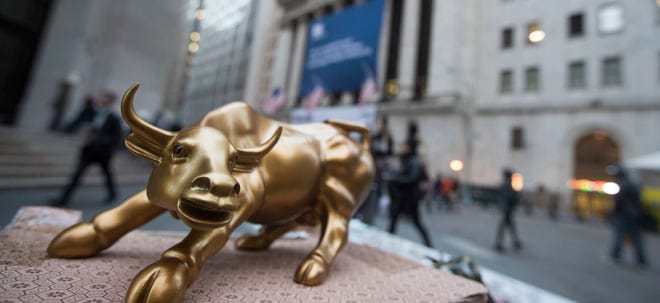Goldman Sachs is putting an end to the deflation vs inflation debate, once and for all!
In a 30-page research note out on Wednesday, the bank comes down firmly on the side of (moderate) deflation in the near-term.
Here, GS analyst Andrew Tilton says, is why:
- Inflation is already low, with the core CPI down to 1.4% on a year-overyear basis and the overall CPI in deflation territory.
- Excess capacity in the economy is huge, probably at least 6% of GDP and possibly at its highest level since the Great Depression.
- Spare capacity is likely to persist for years [see below table]. While the financial crisis and recession probably have reduced the economy’s production capacity somewhat, we do not see strong evidence for persistently lower growth of capacity going forward. Even if we assume substantially above-trend real GDP growth of, say, 5% per year, it will take more than three years to get back to equilibrium in the labor market and two in the manufacturing sector. Our own assumptions of a somewhat slower recovery suggest it could well take more than five years to reach equilibrium in the labor market and nearly as long in housing.
- Monetary policy is arguably too tight despite a near-zero funds rate and unconventional easing. Our own calculations using estimated Taylor rule parameters, as well as those in recent research from the San Francisco Fed, point to an `appropriate’ funds rate of -5% or below.
- The default path of current policy is for removal of stimulus. Fed asset purchase programs are scheduled to end within the next several months and its balance sheet will begin to shrink after that point, while the growth impact of fiscal stimulus is already peaking.

Nevertheless, Goldman’s Tilton gets why investors are worried about inflation, and the bank itself is not oblivious to the possibility, given the massive unconventional fiscal and monetary policies undertaken by the Federal Reserve. In fact, Tilton says, there are a few inflationary warnings signs investors should be looking out for. Here they are, as summarised by FT Alphaville:
1. Evidence that Fed independence is being fundamentally compromised. If for example, the Fed’s official mandate to foster “maximum employment, stable prices, and moderate long-term interest rates” was somehow diluted or changed. In fact, giving the Fed an additional mandate is not beyond the realms of possibility given that Congress considered adding “preservation of financial stability” to the Fed’s list of official responsibilities in the aftermath of the financial crisis. The more mandates, Goldman says, the more possibility there is of a conflict of interest or a reduced focus on any given one.
2. A sharp shift in household and/or business inflation expectations.Given that inflation fears can become a self-fulfilling prophecy, Goldman Sachs thinks this is a very important thing to watch. In particular the Reuters/University of Michigan survey of household inflation expectations over the next five to 10 years. However, the bank thinks that even if inflation expectations were to rise, this would only be a problem if the Fed did not act quickly.
3. Rapid capacity destruction. As Goldman noted earlier, there’s a lot of overcapacity in the system — something the bank thinks will take years to clear. If, however, businesses start aggressively cutting capacity (closing down factories, etc.) this could quickly trim the amount of spare capacity in the system.
Inflationistas — keep your eyes peeled.
Deflationistas — consider your corroboratory appetite slaked — for today anyway.
Related link:
Deflation dead and deader, Federal Reserve-style - FT Alphaville


 Thread abonnieren
Thread abonnieren





